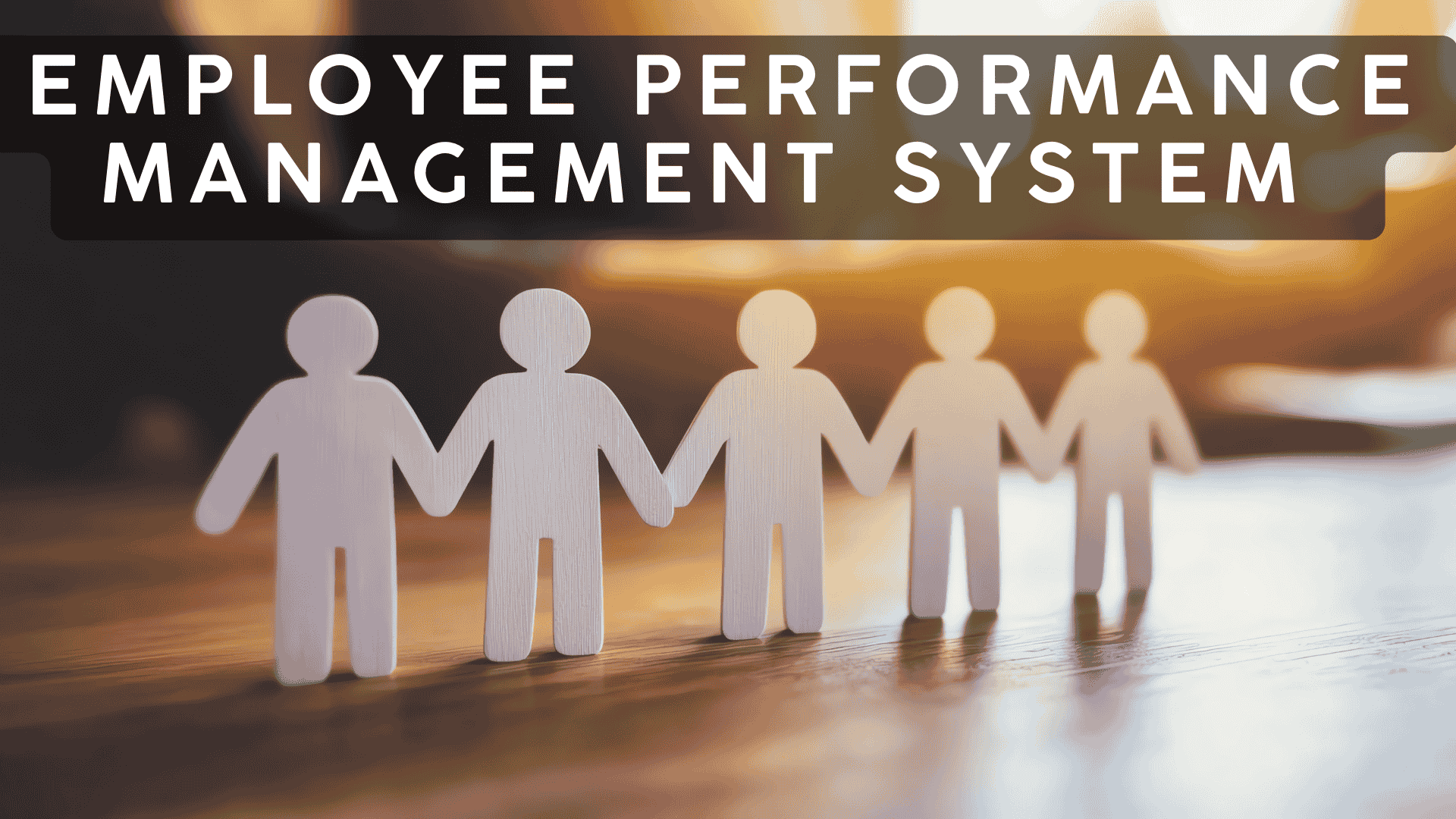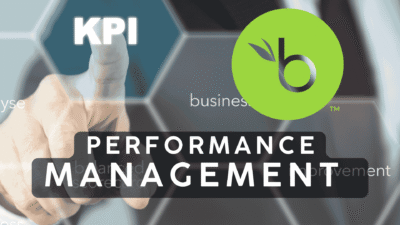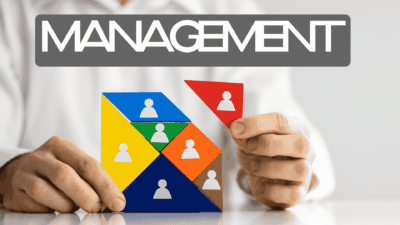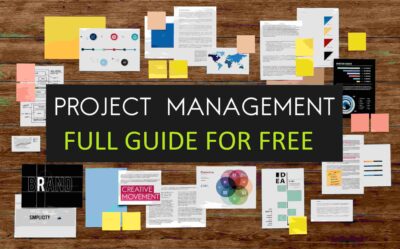What if you discovered that a significant portion of your team’s potential remains locked away, inaccessible and underutilized? A 2023 study by Gallup revealed that traditional performance reviews often fail to motivate employees, with many feeling they are unfair or inaccurate. This isn’t just a minor issue; it’s a direct barrier to organizational growth. The solution lies not in abandoning evaluations, but in building a comprehensive employee performance management system that transforms performance from a once-a-year conversation into a continuous cycle of growth and alignment. This guide will provide you with a practical, step-by-step framework to build a system that not only measures performance but actively improves it, starting today with a simple, actionable technique you can implement in your very next team meeting.
1. Understanding the Core Components of an Employee Performance Management System
Before you can build, you must understand the blueprint. A successful employee performance management system is not a single action but a combination of interconnected processes working together. Think of it as a well-oiled machine with four critical gears.
1.1. Clear and Collaborative Goal Setting
This is the foundation. Without clear, defined goals, performance is just activity without direction. The key here is collaboration. Goals should not be dictated from the top down but co-created by managers and employees. This ensures buy-in and clarity. A widely effective method is the SMART framework:
- Specific: Goals must be clear and unambiguous. Instead of “Improve customer service,” a specific goal would be “Reduce average customer ticket resolution time.”
- Measurable: You need to track progress. A measurable version would be “Reduce average customer ticket resolution time by 15%.”
- Achievable: Goals should be challenging but realistic. Setting a target of 80% reduction in one month is likely to demotivate.
- Relevant: The goal must align with the broader objectives of the department and the organization.
- Time-bound: Every goal needs a deadline. For instance, “Reduce average customer ticket resolution time by 15% by the end of Q4.”
1.2. Continuous Feedback and Coaching
Imagine a navigator who only checks the map once a year; the ship would surely be lost. The same applies to employee performance. The annual review is outdated as a sole feedback mechanism. An effective employee performance management system relies on continuous feedback. This means regular, informal check-ins, coaching conversations, and immediate recognition of both achievements and areas for improvement. This transforms the manager’s role from a judge to a coach.
1.3. Formal Performance Appraisals
While continuous feedback is vital, formal appraisals still have a place. They serve as structured, documented touchpoints to summarize performance over a period (e.g., quarterly or semi-annually). These appraisals should be a two-way conversation, incorporating employee self-assessments and feedback from multiple sources if appropriate (like a 360-degree feedback model where input is gathered from peers and direct reports in a structured and professional manner). The key is that there should be no surprises in a formal appraisal; all points should have been discussed during continuous feedback sessions.
1.4. Employee Development and Growth Planning
The final component connects performance to the future. After assessing past performance, the conversation must shift to growth. What skills does the employee need to develop? What are their career aspirations? The system should facilitate the creation of a tangible development plan, outlining training, mentorship opportunities, or new responsibilities that will help the employee grow and contribute more effectively to the organization.
2. How to Implement Your Employee Performance Management System: A Step-by-Step Guide
With the components understood, you can now move to implementation. Building an effective system is a methodical process that requires careful planning and communication.
2.1. Step 1: Define Clear and Measurable Objectives
Your first action is to work with each team member to set those SMART goals we discussed. Let’s make this practical.
- Example for a Software Developer: Instead of “write better code,” a SMART goal would be: “Reduce the number of bugs reported in my code by 20% over the next quarter by implementing automated unit tests for all new features.”
- Example for a Marketing Specialist: Instead of “improve social media engagement,” a goal could be: “Increase the engagement rate on our primary social media platform by 10% in the next 60 days by testing three new content formats.”
This step ensures that from day one, everyone knows exactly what success looks like for them.
2.2. Step 2: Choose the Right Tools and Technology (as of 2025)
While the principles are more important than the software, technology can streamline the process immensely. Spreadsheets can work for very small teams, but as you grow, dedicated software becomes essential. As of 2025, platforms like BambooHR, Lattice, and ClearCompany are well-regarded for helping organizations manage goals, track feedback, and conduct reviews efficiently. These tools provide a central hub for all performance-related data, automate reminders, and ensure consistency across the organization. When choosing a tool, focus on user-friendliness for both managers and employees.
2.3. Step 3: Train Your Managers to Be Coaches
This is the most critical and often-missed step. Your employee performance management system will fail if your managers are not equipped to lead it. They need training on:
- How to set collaborative SMART goals.
- How to have effective and regular check-in conversations.
- How to give constructive feedback that is specific and actionable, not personal.
- How to focus on future development, not just past mistakes.
Invest in training your managers to transition from being “bosses” to being “coaches.” Their ability to guide and develop their teams is the engine of this entire system.
2.4. Step 4: Launch and Communicate the System Transparently
Once your process is defined and your managers are trained, you must communicate the new system to all employees. Explain the “why” behind it—that the goal is growth, fairness, and clarity, not micromanagement. Hold information sessions, provide clear documentation, and explain how the process will work, what is expected of them, and how it benefits their professional development. Transparency builds trust and is essential for successful adoption.
3. The Power of Continuous Feedback in Your Employee Performance Management System
The shift from an annual review to a continuous feedback culture is arguably the most powerful upgrade you can make to your performance management approach.
3.1. Moving Beyond the Annual Review
A study by the Society for Human Resource Management (SHRM) has shown that a vast majority of employees and managers are dissatisfied with traditional annual reviews. They are often stressful, backward-looking, and too infrequent to be effective. Continuous feedback, on the other hand, is:
- Timely: Feedback is given when it’s most relevant, not months later.
- Developmental: It focuses on small, incremental improvements over time.
- Relationship-Building: Frequent, constructive conversations strengthen the manager-employee relationship.
3.2. Practical Techniques for Giving Effective Feedback
Here is your “quick win”—a simple yet powerful technique managers can use immediately. It’s known as the SBI Model:
- Situation: Start by describing the specific situation where the behavior occurred. (“During the team presentation this morning…”)
- Behavior: Describe the exact, observable behavior. Avoid generalizations. (“…I noticed that you presented the data points clearly and answered all questions from the leadership team with confidence.”)
- Impact: Explain the impact of that behavior on you, the team, or the project. (“…The impact was that the client’s confidence in our project was visibly strengthened, and it helped us secure their approval for the next phase.”)
This model removes judgment and focuses on concrete actions and outcomes, making the feedback objective and easier to accept.
4. Common Pitfalls to Avoid in Your Employee Performance Management System
Building a great system also means knowing what can go wrong. Be vigilant about these common traps.
4.1. The Danger of Vague Goals and Subjective Metrics
If goals are not specific and measurable, they become subjective. This leads to perceptions of unfairness and bias in appraisals. A manager’s assessment should be based on mutually agreed-upon evidence and data, not feelings or vague impressions. Always tie performance back to the SMART goals defined at the start.
4.2. Inconsistent Application Across the Organization
The system must be applied consistently for every employee and every team. If one manager holds weekly check-ins and another does so only once a quarter, you create an inconsistent and unfair employee experience. The core processes—goal setting, check-in frequency, and formal review structure—should be standardized.
4.3. Focusing Only on Past Performance
A common mistake is making the entire process about rating past actions. While reviewing the past is necessary, at least 50% of the conversation should be forward-looking. Use the insights from past performance to build a development plan. Ask questions like: “What skills do you want to build in the next six months?” and “How can I support your career goals?” This focus on development is what ultimately drives future performance and retains your best people.
Conclusion
Building an effective employee performance management system is not a one-time project but a commitment to a new way of operating. It’s a strategic shift from judging performance to developing it. By moving away from the outdated annual review and embracing a continuous cycle of goal alignment, coaching, and forward-looking development, you unlock the latent potential within your teams. The echo of that initial challenge—the untapped potential—is answered not with a single, loud evaluation, but with the steady, quiet rhythm of ongoing conversations that build confidence, clarify direction, and pave the way for both individual and organizational success.
Frequently Asked Questions (FAQ)
- What is the main purpose of an employee performance management system?
The primary purpose is to align individual employee goals with the strategic objectives of the organization. It is a continuous process designed to plan, monitor, and review an employee’s work objectives and overall contribution, with a strong focus on their ongoing development and growth. - How often should performance conversations happen?
Best practices recommend moving away from a single annual review. Instead, managers should have informal check-ins with their employees weekly or bi-weekly. Formal, documented appraisals should happen more frequently than once a year, such as quarterly or semi-annually, to summarize progress and adjust goals. - Can a small business implement an effective performance management system?
Absolutely. The principles of clear goals, regular feedback, and development planning are scalable. A small business may not need sophisticated software and can start with a simple, structured process using shared documents. The key is consistency and commitment to the process, not the expense of the tools. - What is the key difference between performance management and a performance appraisal?
A performance appraisal (or review) is a single event—a formal meeting to discuss performance over a specific period. Performance management is the entire, continuous cycle that includes the appraisal as just one part. The full system also includes goal setting, ongoing coaching, feedback, and development planning throughout the year.
references
Warning: The provided links lead only to the specified content. Other areas of those sites may contain material that conflicts with some beliefs or ethics. Please view only the intended page. Note: The source links are available in English only.
- Gallup Jan 22, 2024 State of employee engagement (2023 data).
Gallup report summarizing 2023 employee engagement findings (used for statement about traditional reviews and engagement trends). - SHRM (Society for Human Resource Management) Mar 14, 2023 The performance review problem.
Analysis of problems with annual reviews and why many organizations and managers are dissatisfied. - George T. Doran / original SMART reference (archival copy) 1981 (original article) There’s a S.M.A.R.T. way to write management’s goals and objectives (PDF).
Origin of the SMART goals framework referenced in the article. - Center for Creative Leadership (CCL) Feb 24, 2025 SBI feedback model: quick-win guide.
Authoritative explanation of the Situation-Behavior-Impact (SBI) feedback model used in the article. - BambooHR (accessed Sep 13, 2025) BambooHR — Performance Management.
Vendor page describing performance-management features and use cases (used to support the tools/technology section). - Lattice (accessed Sep 13, 2025) Lattice — Performance management overview.
Vendor overview of continuous feedback, goals, and review features (used to support the tools/technology section). - ClearCompany (accessed Sep 13, 2025) ClearCompany — Performance management.
Vendor features page explaining analytics, review cycles, and performance workflows (used to support the tools/technology section).







